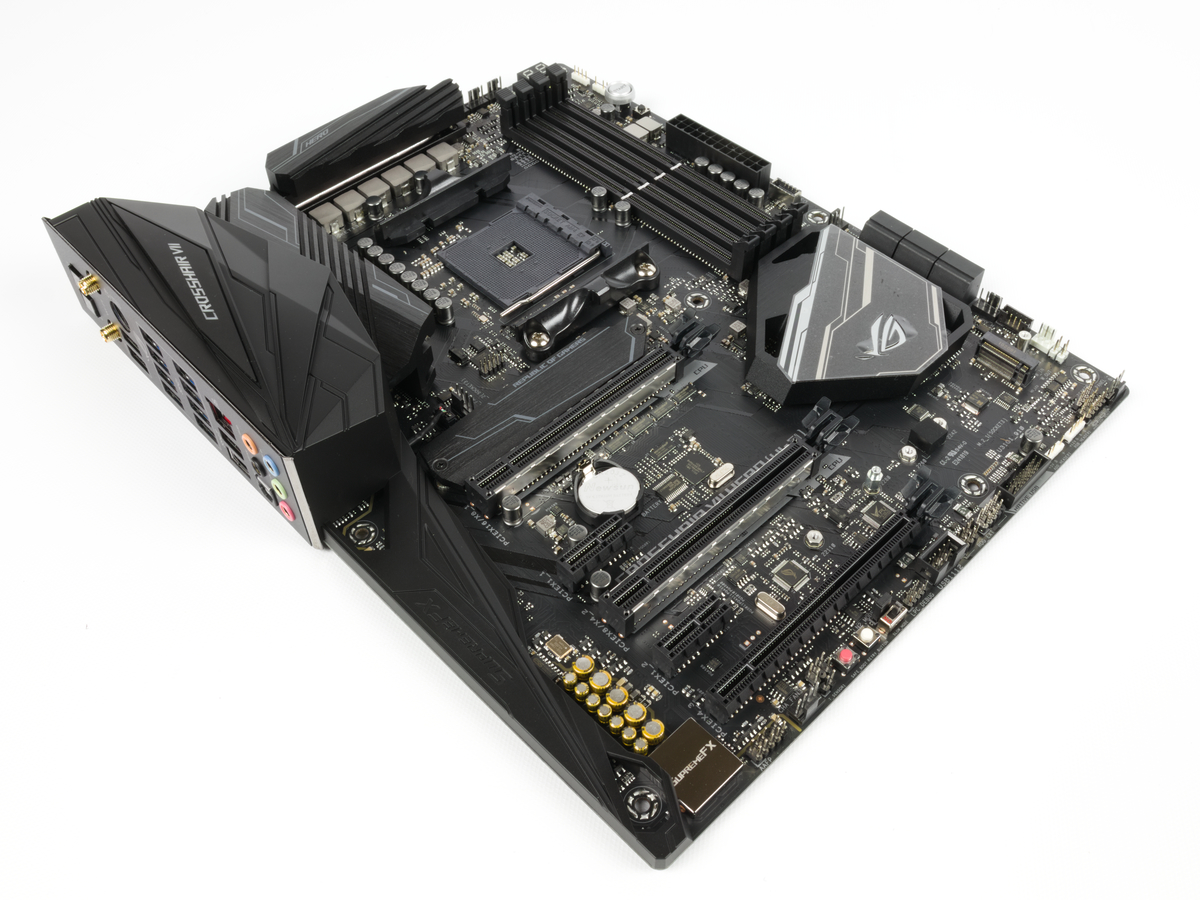Asus X470 Crosshair VII Hero (Wi-Fi) Motherboard Review: High-Priced Excellence
Why you can trust Tom's Hardware
Value and Conclusion
From a raw performance perspective, the Asus X470 Crosshair VII Hero (Wi-Fi) performs just as good as other offerings today, but does so at a higher cost. When comparing true flagship motherboards, the Asus board comes with a 22-percent price delta compared to the Gigabyte board. Peeling back the onion a bit, raw overclocking capabilities start to show a higher “value” proposition for the Asus board, meaning higher overclocks are capable with arguably safer tmps and voltages, or higher efficiency under extreme load conditions.
The overclocking experience was a bit more straightforward when compared to the competing Gigabyte board. But the MSI board was the easiest, with very little effort. But it’s hard to argue that big names in overclocking continue to choose (or are supplied with) the Asus brand for a reason: They perform well when it comes to pushing systems up to and beyond their limits.
The non-Wi-Fi version of this board costs about $20 less, making it a stronger competitor, especially against the MSI board. However, the Gigabyte Aorus X470 Gaming 7 can still perform at similar mainstream overclocking conditions on both the core and memory, so the true value only comes from extreme use cases. After testing this board, we'd say the Asus name and ROG brand still represent quality and overclocking performance. But other vendors are inching closer to overclocking enthusiast excellence, and at lower costs.
MORE: Best Motherboards
MORE: How To Choose A Motherboard
MORE: All Motherboard Content
Get Tom's Hardware's best news and in-depth reviews, straight to your inbox.


